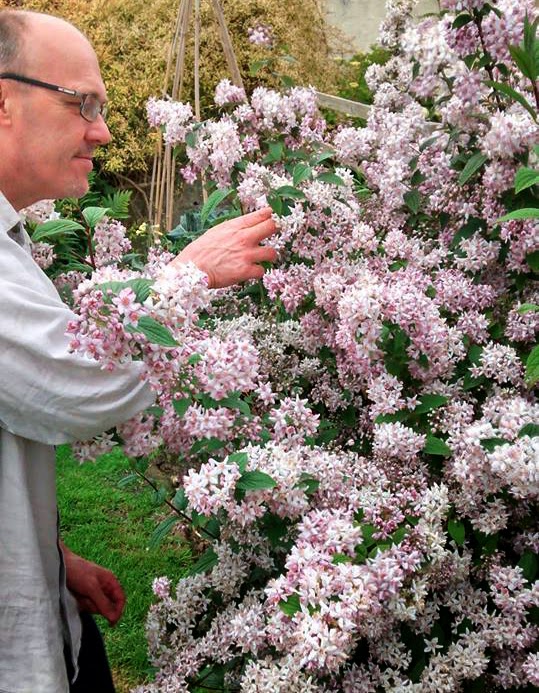The cacti and succulents have been put into the
hypertufa pots.
I’ve finally pulled out all of last year’s broccoli and
kale. It got to the stage where it was
taking me hours to collect enough heads and leaves for a serving as they got
progressively smaller by the day. I got a good crop from the ones that were
ravaged by cabbage white caterpillars last year; the plants came back with
vigour in spring. I won’t be making the same mistake again. Firstly I won’t be
growing any brassicas in the tunnel except to propagate them and secondly the
tunnel door is staying closed other than when I need to walk in and out. The tunnel isn’t free from pest though by any
means, the main one I have at the moment is greenfly on the lettuce, they are
spreading really quickly in the heat and as yet I am not really sure what to do
to combat the problem. I think I’ll end up not growing lettuce in there too.
Tomato Takeover
Tomato plants are thriving in the heat though. I have about
ten growing that I planted, which is about enough I think. The other thousand
or so have self-set from the dropped fruit that I put into the compost bin last
year. The tunnel beds have been topped up with the rotted compost from the bins
and although most weed seeds have been killed off in the process it looks as
though the tomatoes were made from stronger stuff. I love the fact that I have
inadvertently saved these seeds and they are giving me another crop, the
problem is that we didn’t like the tomatoes we grew last year!
I’m going to keep a few just to grow them on and see if they
are tasteless and foamy like last year, the rest of them are going to be hacked
down and thrown back into the compost bin, I doubt they’ll bother me again after the worms eat them. It’s
amazing how easily they have grown though, especially as I have had so many
germination failures with tomatoes from following the growing instructions on
the packets to the letter.
No show
I’ve had a few germination failures this year. The one total
no show were white turnips. I put out a couple of rows and got nothing coming
up. The other near failure has been the mange tout. I followed the instructions
but have had a very poor germination rate, not only in my own plot but also in
my in-laws garden which were planted later than mine but from the same packet. I’d like to think it’s because of my
enthusiasm for putting some seeds out early, but the second sowing are looking
just as unpredictable and they were only planted a couple of weeks ago.
Repotting
I’ve finally got around to putting the cacti and succulents
into larger containers. Some of them were looking extremely cramped in the
small cell modules. My creative hypertufa pots have come into good use and
housed most of them. The pots were very nearly thrown away as the mixture of
cement and peat looked, well, pretty rubbish on their own. Once they have been
filled up with the plants and a bit of algae allowed to grow on them I think
they look pretty good, even though I say so myself. They are not the
replacement for my terracotta pots of course but they are something a bit
different and a talking point should anyone be foolish enough to ask my about
them, I could bore anyone for hours about the different mixes and designs. I
doubt I will be making any more of these pots and I am also not sure if they
will last the winter. I’m also not sure what to do with the cacti and succulent
I put in them. I didn’t really forward think when I ordered them off Ebay and
this year they will be too large to go back into the house. I might just end up
selling them all in one lot to someone who has the room to keep them. I’ll take
cuttings of course before they go and start the process all over again.
Chamomile
Talking of cuttings I have found places for my lawn
chamomile that I ordered through the post. They came as bare rooted runners and
I grew them on for a few weeks in small pots before putting them out in
regimented lines around the outside of the polytunnel. Lawn chamomile doesn’t
flower so they don’t propagate by seed which means that new plants shouldn’t
pop up in unexpected places around the garden. Maybe I can grow a strain of
tomatoes that do the same.



